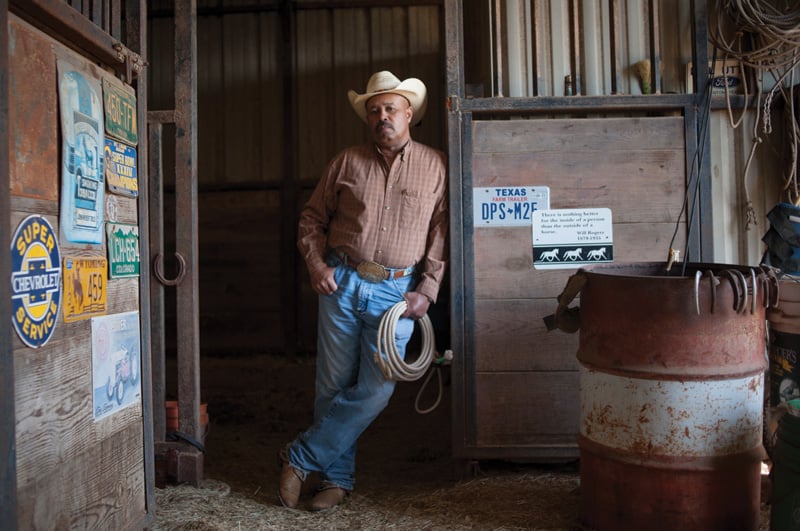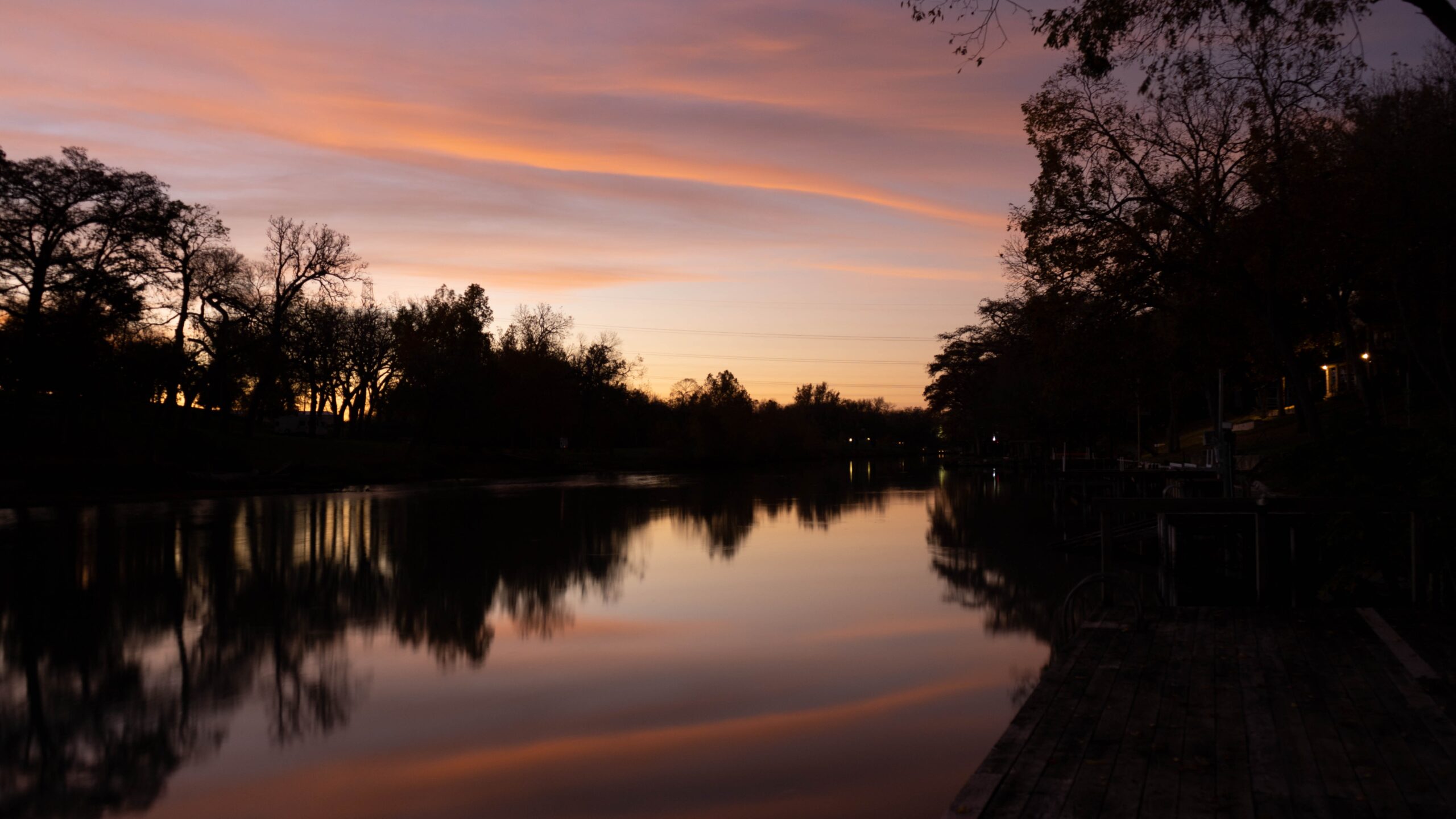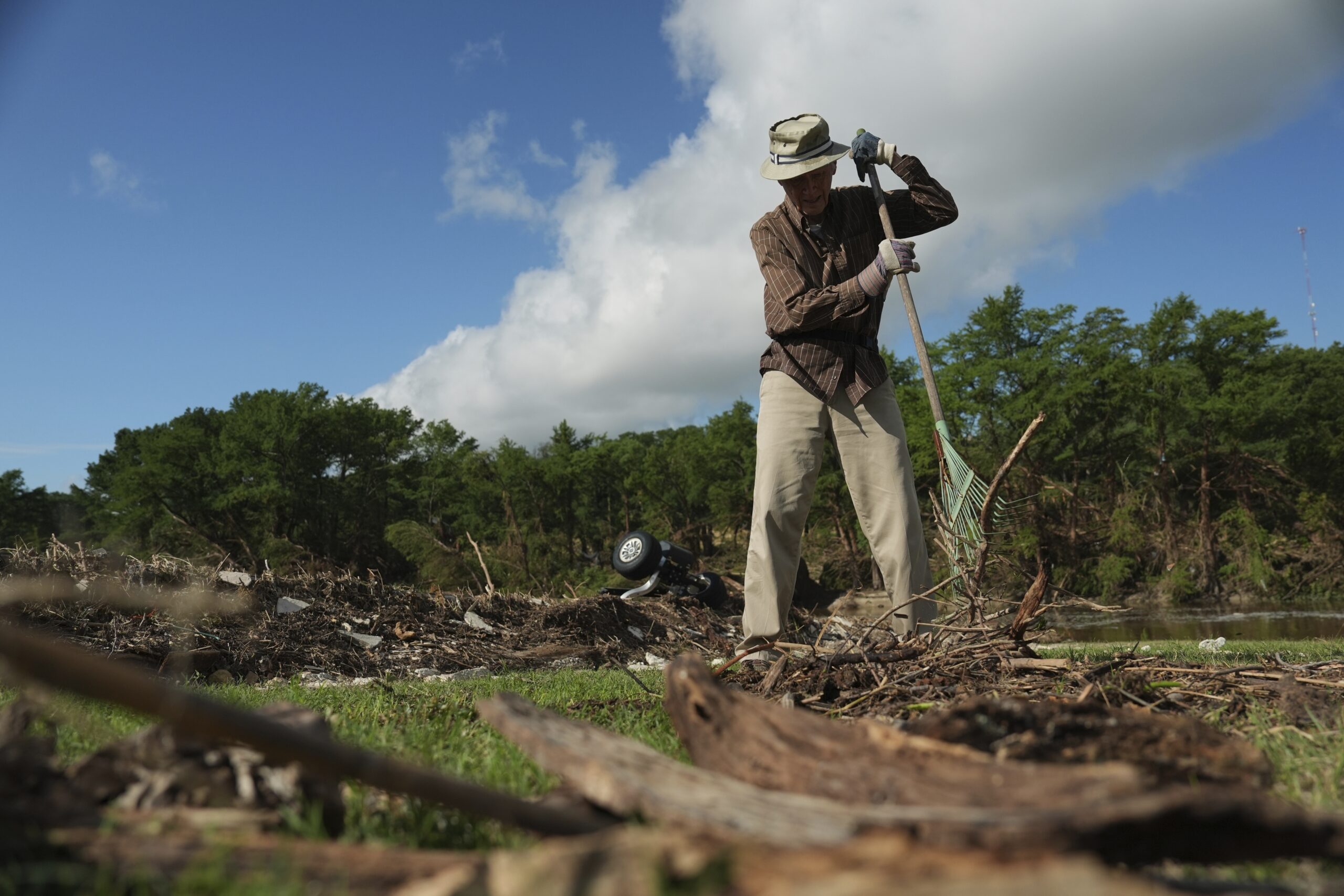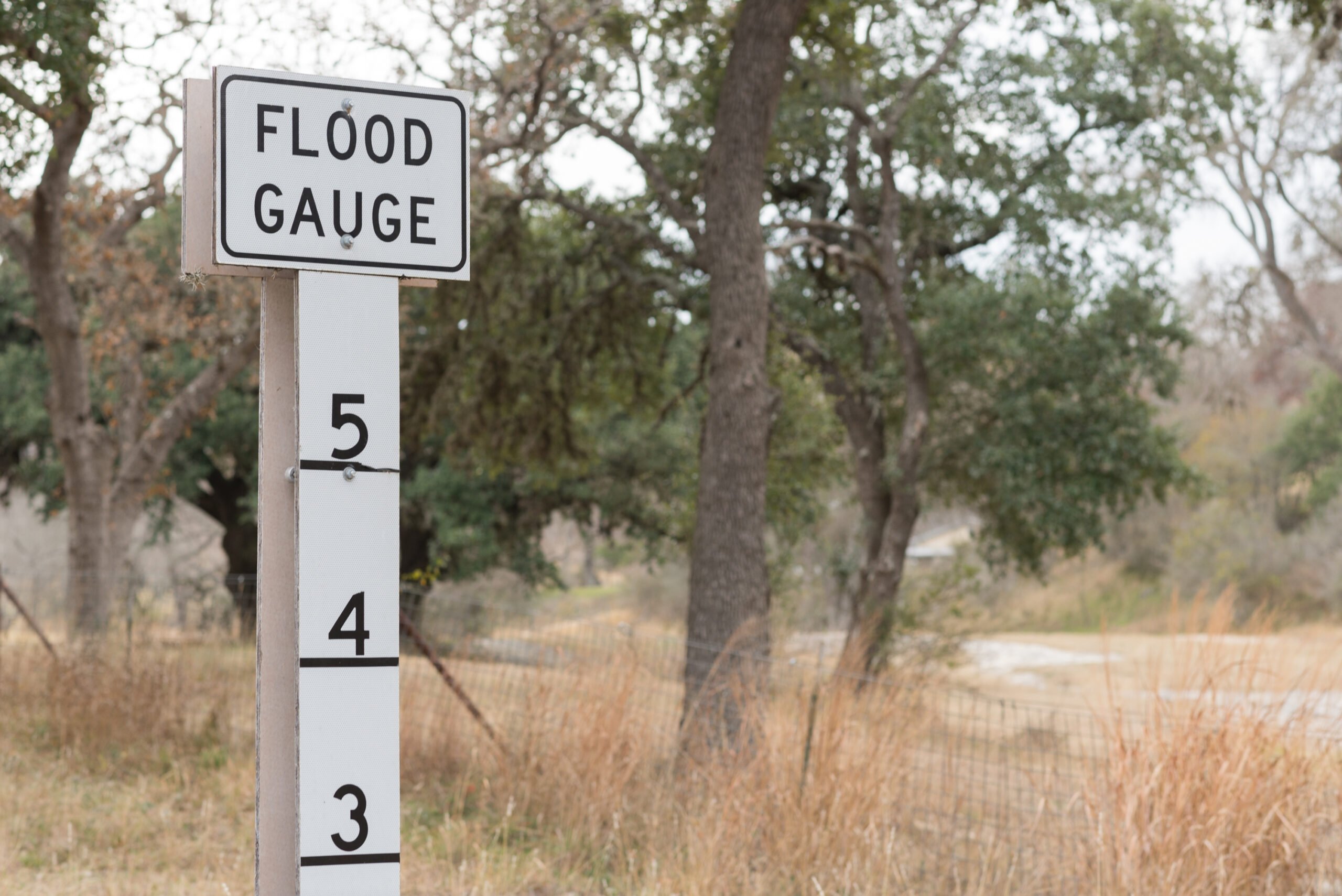
Direct Quote: Taking No Bull
A version of this story ran in the April 2013 issue.
Kevin Woodson, 56, never saw a black cowboy when he was growing up, but he was determined to become one himself. After more than a decade of fighting bulls, Woodson now announces rodeos for Cowboys of Color and teaches calf roping in Argyle, northwest of Dallas.
“The first time I ever saw a rodeo I was maybe 2. The city where I grew up, St. Louis, Missouri, had a firemen’s rodeo, and that was the most fascinating thing I’d ever seen.
“Being an African-American kid and watching Westerns, you think, ‘Nobody looks like me in all these things!’ So I began to ask questions. At an early age, I began to find out there were countless black cowboys. Some historians say one in every three cowboys in the western frontier were African-American, some say one in every four. Either figure is pretty astounding, and different from what you would see in a motion picture. People both black and white develop the attitude that, ‘oh, that’s too country for a black guy to do.’ Even some black people I know think there were no black cowboys. Asking those early questions, as a kid, is what kept me from feeling like I was beating my head against the wall of ‘You can’t do that.’
“Ever since I knew what a horse was, my desire was to one day have a horse and to live on a ranch. The good Lord allowed me to fulfill that dream. I had a ranch in Missouri and I was a calf roper and I fought rodeo bulls. I was one of those two guys that would actually be up nose-to-nose with the bull. They called us ‘cowboy secret service’ or ‘cowboy lifesavers.’ When a guy slips off a bull, he’s at the mercy of a lot of things. We just literally step between that bull and the cowboy. Many times you have to take the shot that was meant for the cowboy. I’ve broken my collarbone and fingers, ruptured my back, dislocated my shoulder, got hairline fractures in my ribs. And that was all one night! Just kidding. But the bulls do usually win.
“I worked in radio too. I was an announcer and I did comedy for different stations around the country and wrote for comedians. When Tom Joyner got the offer to start his show in Dallas, he chose me as one of the people to join his on-air crew, so that’s how I moved to Texas.
“So now I’m a semi-retired broadcaster and I have three acres in Argyle. That’s not a lot, but it’s enough to do what I need to do. I teach riding and Western horsemanship to anybody, male or female, old or young, that wants to learn. I also get people started on calf roping. You don’t start off on a horse and just say, ‘Go!’ you know? So I teach them how to manipulate and sleeve a rope and use a dummy, and I keep a couple calves around to learn on. After [the calves] get about 250 pounds I don’t want to fool with them anymore, so I trade them for some smaller ones and start the whole process over again.
“I also call rodeos for Cowboys of Color. It’s the largest multicultural event of any kind in Oklahoma and the second-largest multicultural rodeo in the world. I’ve been doing that since the early ’90s. It gives people a chance to see more diversity in their stock shows. It includes African-Americans of course, Native Americans, Hispanic and Caucasian cowboys—hey, there’s an Asian cowboy! Come on!
“All that time that I was roping calves and fighting bulls in rodeos, I was usually the only African-American. Sometimes there was nobody else except maybe a bull or calf that was black in color. But I didn’t receive any ill treatment. Sometimes I’d want to bring a friend and they’d give me that look like, ‘I don’t know if we can be here…’ And I definitely understand that concern. But I always had a pleasant experience. I think that’s a lot like what it was for black cowboys on the frontier. If you could rope and ride and do your thing, you got respect. A lot of black people out there had never been freer.”


